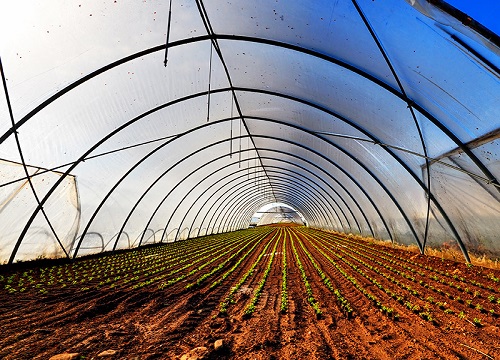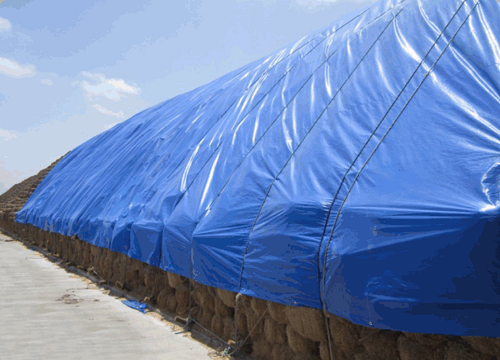Use of Plastics in Agriculture & Horticulture

Agriculture Plastics
About 2.5% of all plastics produced in Europe (40 millions tons per year) are used in agriculture. They are employed for greenhouses or small tunnels to protect plants from atmospheric agents and to keep the ideal temperature for growth.
A wider use of plastics in agriculture can reduce the losses in harvesting, and increase the value of output by Rs 68,000 crore, according to a report.
Plasticulture refers to use of plastics in agriculture in a scientific manner which not only improves the productivity but also optimises the input resources.
The report also suggests that the innovative plastic packaging and handling techniques can promote proper harvest management which will in turn contribute towards agriculture GDP.
Proper application of micro-irrigation technologies can result in water saving by up to 50-70 per cent and can help increase productivity by 30-100 per cent, the report added.
Application of Plastic
- Azolla Farming Sheets.
- Portable Garden Beds.
- Plant Protection Sheets.
- Fruit Ripening Chambers.
- Poultry curtains and roofs.
- Silage Urea Enrichment Bags.
- Portable vermi compost beds.
- Floor underlays (Dunnage sheets).
- Green house/ low tunnels/ nursery sheds/ Aprons.
- Portable silpaulin plant nutrition bed (Hydro phonics).
- Covering of agricultural produce (pre & post) harvest sheets.
- Covering of tendu leaves, tamarind, and other forest / hill produce.
- Fumigation of tobacco leaves food grains, grapes and other agricultural produce.
- Drying of spices, areca nuts, coconut, rubber, chillies, turmeric, grapes (raisin) and other agricultural produce.
